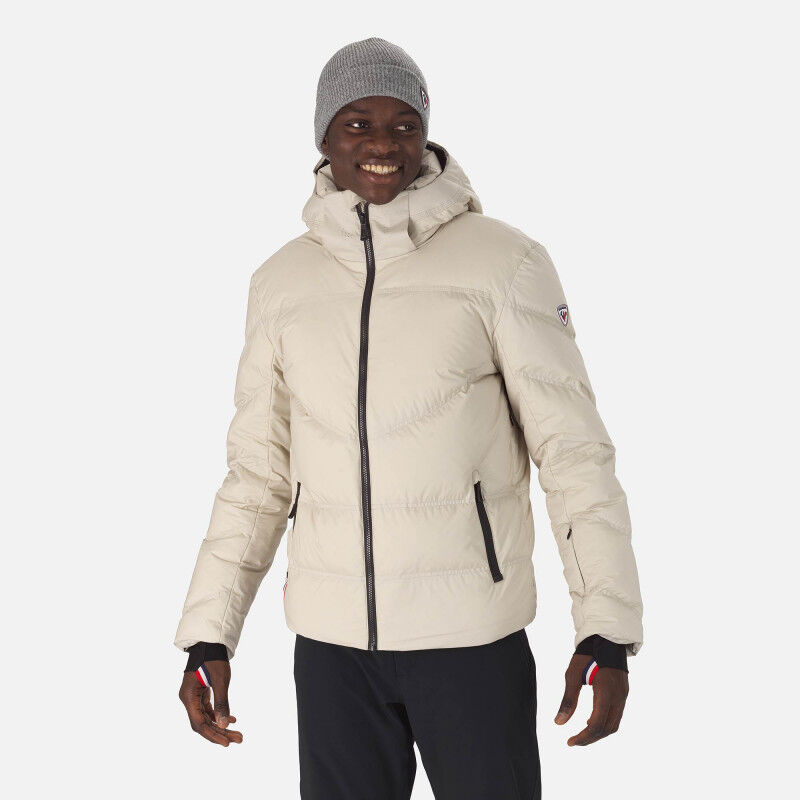What Is The Main Difference Between Merino Sheep And Other Types?
Merino sheep differ from other breeds of sheep in many ways. Fine woolis a distinct feature of Merino sheep. Merino wool is more delicate and soft than other sheep breeds. Merino wool is highly prized for its warmth, comfort, and versatility.
The ability to adapt: Merino sheep are very adept to all environments and climates. They are able to thrive in hot or cold climates and are able to tolerate a variety of temperatures.
Resilience- Merino sheep are known for their toughness and hardiness. They can withstand severe weather conditions and are immune to many common sheep diseases.
Fertility- Merino sheep are fertile and have the potential to create multiple offspring within one pregnancy.
Merino sheep's grazing habits are unique. They have an unique way of grazing that is good for their health. They are cautious and selective in their grazing, which prevents them from excessively grazing or eating toxic plants.
Breeding- Merino sheep are selectively bred to make the finest quality wool. This has resulted in the availability of a variety of Merino sheep breeds, each with unique characteristics and qualities.
Merino sheep have a long-standing tradition of being highly prized for their high-quality and flexible wool, as well as other distinctive characteristics. They are an important resource for the wool industry, and are highly valued by farmers and breeders around the globe.

What Are The Differences Between The Bases Of Lightweight, Middleweight, And Heavyweight Merino Wool?
The fabric's warmth and thickness is the most significant distinction between mediumweight, lightweight and heavyweight Merino wool base layers. This article will provide a summary of the differentiators between these three types of base layers Lightweight Merino wool base layers are usually composed of a light and breathable fabric , which is ideal for mild to cool weather conditions. This kind of fabric is ideal for high-intensity activities. It can also be used as a base layer in more cold weather and under other layers.
The midweight Merino wool base layer is constructed of thicker fabrics that provide more warmth and insulation over lighter base layers. This base layer is ideal in cold and cool temperatures and is a good choice for those who have moderate to low sweat production.
Heavyweight Merino wool base layers are constructed with the finest and warmest fabrics , and are perfect for extremely cold weather. This kind of base layer is ideal for activities that are low-intensity, that don't cause you to sweat, such as snowshoeing or skipping.
When choosing the most appropriate Merino wool base layer for your requirements, think about the weather conditions and the intensity of the activity you'll be taking part in. For activities that require a lot of intensity, a lightweight base layer is the most suitable option. A midweight base layer is perfect for temperatures ranging from cold to warm and activities of low to moderate intensity. A heavyweight layer is perfect for cold weather as well as activities with low intensity. Be aware that you can layer your clothes down or up according to the conditions and the weather conditions, so you should choose a layer that is slightly heavier than one that is too heavy. Take into consideration the fit of the base layer, and ensure that it's comfortable and gives you a full motion. Go get wool clothes at koraoutdoor.com for site info.

Why Is Merino Wool Mixed With Himalayan Yak Wool A Great Base Layer To Ski On?
Merino and Himalayan wool blends make a great combination to use as an underlayer when skiing. Merino wool is renowned as being exceptionally temperature-regulating, moisture-wicking, and soft. Himalayan Yak wool is well-known for its warmth and long-lasting. These fibers are combined to make a base layer that is extremely warm, moist management, and air-tight. It is ideal for skiing. Merino wool regulates body temperature, wicks the moisture away, and keeps you dry. The yak wool is an extra layer of insulation that provides warmth even in cold weather. Merino wool mixed with yak wool provides superior durability and resistance against wear and tear. This makes it the ideal base layer for sports like skiing. Merino wool mixed with Himalayan wool and yak wool makes an excellent base layer to use for skiing, or any other cold weather activities. Go visit koraoutdoor.com for wool clothes for website recommendations.

What Is It That Makes Merino And Himalayan Yarn Better Than Cotton, Polyester, Nylon And Fleece Alternatives To Ski Clothes?
Merino wool, Himalayan Yak wool, and nylon are superior to fleece, cotton, nylon, and polyester for ski clothes. Warmth- Merino wool as well as Himalayan Yak wool are superb insulators and ensure you stay warm in the coldest temperatures. Merino wool, Himalayan yak wool, and polyester aren't as efficient in insulation as nylon and cotton. They have a higher heat-to-weight ratio that allows them to be lightweight and comfortable to wear while offering superior insulation.
Moisture management- Merino wool and Himalayan Yak wool are extremely efficient at managing moisture that means they'll keep you comfortable and dry during your ski trip. Both fabrics are naturally water-wicking. This means that they draw moisture away form your skin and move it into the outer layers of the fabric where it will evaporate. This is different from cotton, which retains moisture. The fabric can become bulky and uncomfortable if it is wet.
Breathability Merino wool or Himalayanyak wool are extremely air-tight. This permits air to flow through their fabric. It aids in regulating body temperatures and prevents overheating. This is important when you are wearing ski gear. It allows you to remain comfortable when skiing. However the nylon, polyester and fleece are less ventilated and may retain moisture and heat, making you feel uncomfortable and clammy.
Comfort- Merino and Himalayan wools are soft and comfortable, and are able to be worn close to the skin. They are extremely stretchy and flexible that allow for full range of motion and mobility. The fleece, nylon or polyester can, however they can be uncomfortable and stiff. They can restrict your movement and cause discomfort.
SustainabilityThe sustainability of Merino wool as well as Himalayan yak wool are natural, sustainable fibers that biodegrade and can be reused. They're therefore more sustainable than synthetics such as polyester or nylon, which are made with non-renewable resources and require a longer time to decompose.
Merino wool or Himalayanyak wool has numerous advantages over cotton, nylon or nylon, as well as polyester or fleece for ski clothes. They are breathable, durable warm, warm and moisture-wicking.
Comments on “Handy Reasons On Picking Merino Wool Base Layers For Hiking”